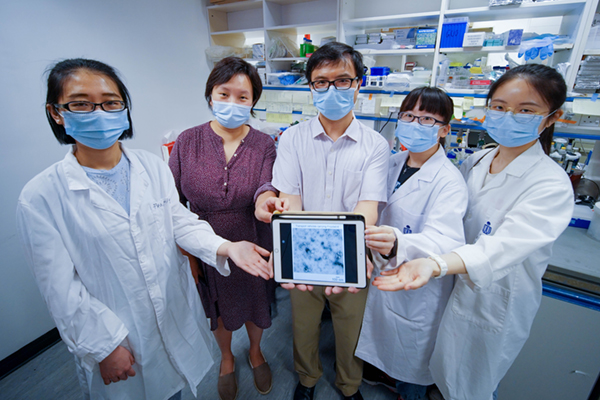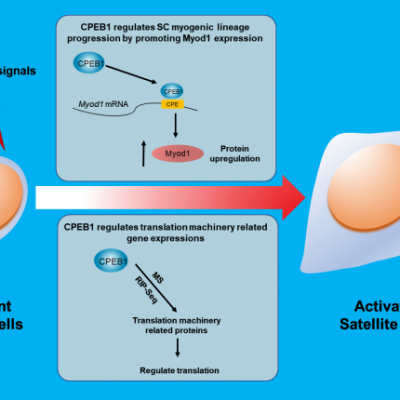Planar cell polarity (PCP), a process in which the epithelial tissues are polarized within the plane of the epithelium, plays an important role in development and organ function. Defects in PCP are associated with a variety of human diseases including cancer metastasis, neurological disorders, skeletal dysplasia, and congenital heart disease. Prof. Yusong Guo and his collaborators, Prof. Liwen Jiang at the Chinese University of Hong Kong and Prof. Yan Yan at LIFS of HKUST, discovered a novel molecular mechanism that controls the delivery of a key protein in PCP. Their findings, published in the Journal of Biological Chemistry, can provide useful guidance on the development of new drugs for cancer treatment.
To offer a new direction for more effective therapeutics, a research team led by Prof. Yusong Guo have unraveled how a key protein in PCP called Frizzled-6, is transported from within the cell to the cell surface where Frizzled-6 regulates PCP. Understanding the molecular mechanism behind this transportation process would help scientists find ways to inhibit the transportation of Frizzled-6 and shut down the PCP process if it is hijacked by cancer cells, thereby hindering cancer progression.






